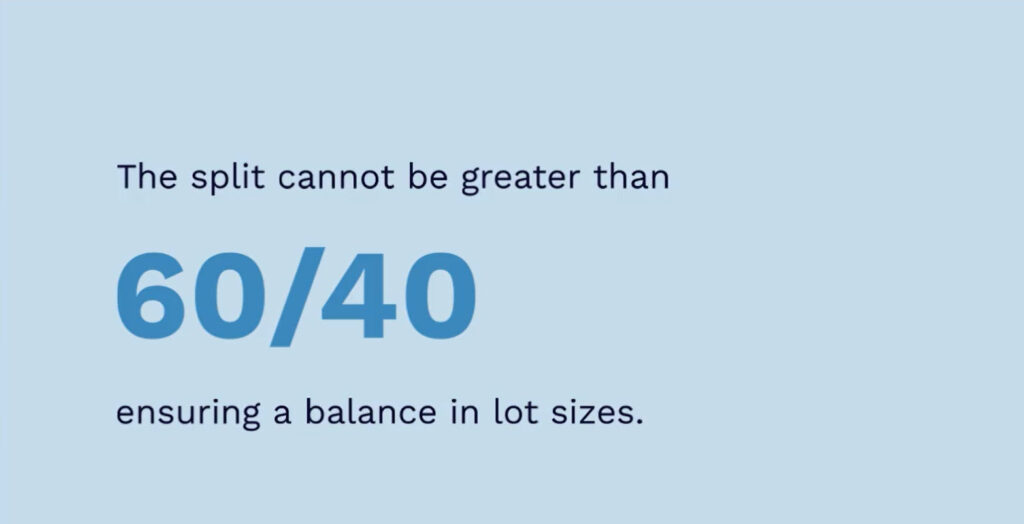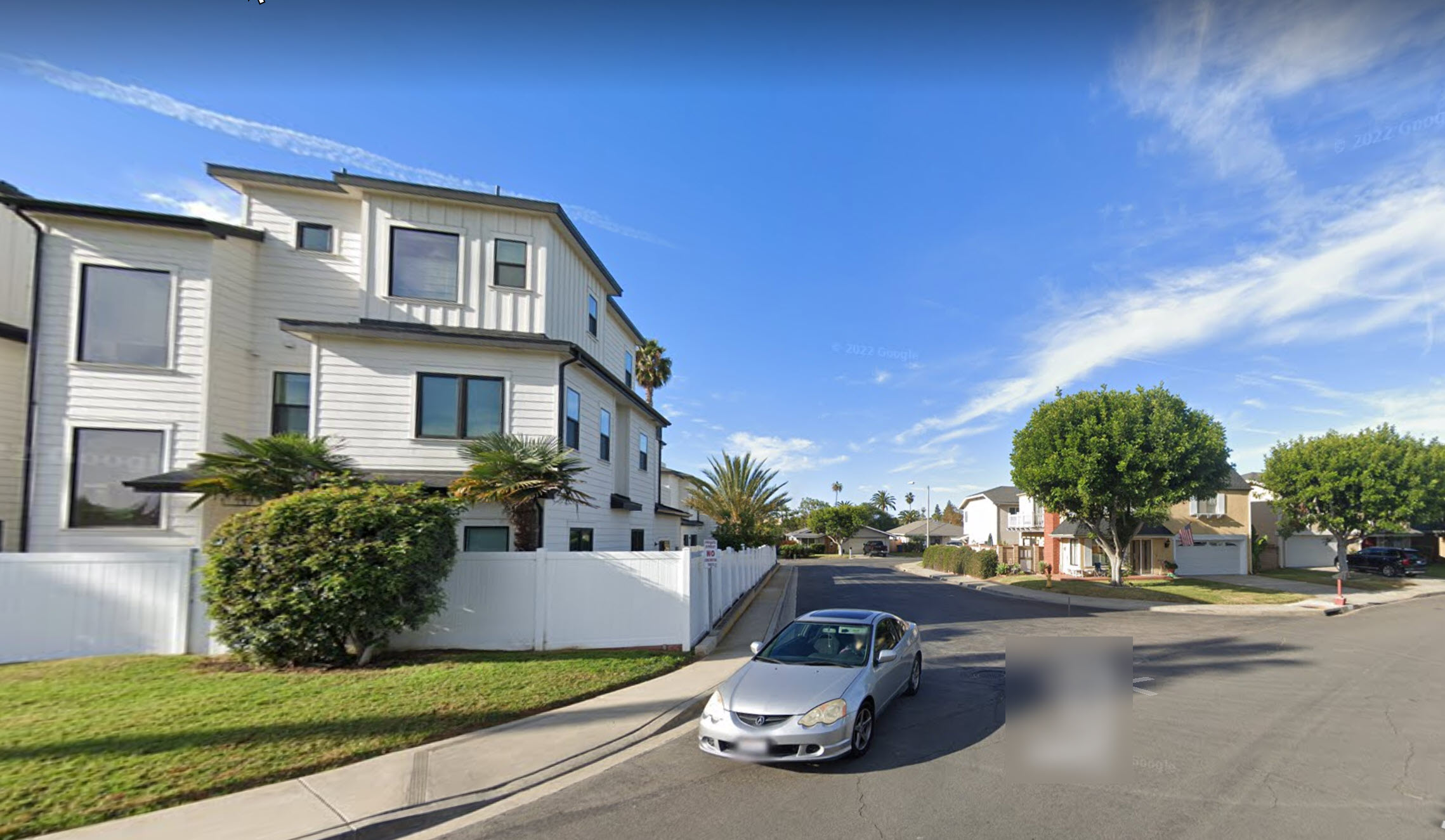If you live in San Diego, you’ve likely heard about the SB9 law and its potential impact on local real estate. This legislation, which went into effect in January 2022, allows homeowners to split their single-family lots and build up to four homes on a single parcel.
In this article, we’ll take a closer look at the SB9 law and its potential impact on homeowners, buyers, sellers, and investors in San Diego’s coastal housing markets.
California Senate Bill 9 Overview:
On January 1, 2022, California Senate Bill 9 (SB9) came into effect with a primary goal: to maximize housing potential on single-family residential lots. One of the key provisions of this law is the lot-split provision, which allows homeowners to divide their single-family lots into two separate lots.

Q&A Section:
Q1: What is SB9, and what does it aim to achieve?
A1: SB9, effective since January 1, 2022, is a California Senate Bill designed to increase housing options on single-family residential lots. It achieves this by allowing homeowners to split their lots into two, creating opportunities for more affordable housing.
Q2: How many dwellings can be built on a split lot under SB9?
A2: SB9 permits up to two dwellings per lot. This means that if you split a single-family lot, you can have a total of four dwellings, either as a duplex or as a house plus an ADU or JADU. However, each split lot can accommodate a maximum of two dwellings.
Q3: Can existing rental units be demolished to make way for a duplex under SB9?
A3: No, you cannot demolish existing rental units that have been rented within the past 3 years, even if you plan to build a duplex in their place. SB9 aims to increase housing, not remove existing housing.
Q4: Should I build an SB9 duplex or an ADU if I plan to eventually split and sell my lot?
A4: If your goal is to split and sell your lot, it’s advisable to build an SB9 duplex. California law currently doesn’t allow ADUs to be sold separately from the primary house, and SB9 doesn’t mention the ability to convert an ADU into part of a duplex or the primary residence on a split lot.

Q5: What are the basic requirements for lot-splits under SB9?
- A single-family lot can be split into two lots.
- Splitting can occur only once for a lot.
- Splitting adjacent parcels by the same individual or their representative is prohibited.
- The minimum lot size after splitting is 1,200 sq ft.
- The split cannot be greater than 60/40, ensuring a balance in lot sizes.
- Lots are not exempt from mapping acts or development and other fees.
- Local agencies can impose development standards, such as utility easements, setbacks, and more.
- Local agencies must allow for minimum 800 sq ft units on the lot splits.
Q6: What is the significance of “ministerially approved” second dwellings under SB9?
A6: “Ministerially approved” means that the standards must be objective, simplifying and expediting the permitting process for homeowners. However, cities can still impose development standards similar to those in ADU legislation, such as maximum height and minimum setbacks. No parking space is required as long as the property is within a half-mile of public transportation.
Q7: What are the potential benefits and drawbacks of SB9 for homeowners and developers?
A7: SB9 empowers homeowners to invest in their property and expand affordable housing, offering financial incentives and multigenerational living possibilities. However, it comes with drawbacks like development and impact fees for duplexes, parcel-mapping fees, challenging access requirements, and a requirement for owner occupancy, which may slow the process.
Q8: How do I qualify for SB9?
- It should be located within an urban area or cluster.
- It must be zoned for single-family residential use.
- The property should be at least 2,400 sq ft.
- There should be no tenant evictions within the last 15 years.
- It must not be located within certain protected areas or previously split using SB9.
Additionally, you’ll need to follow specific steps, including getting permission from your lender and meeting various documentation requirements depending on your jurisdiction.
Q9: What documentation is required for SB9 lot-split applications?
- Preliminary parcel map (prepared by a surveyor or civil engineer).
- Certificate of occupancy.
- Owner occupancy affidavit.
Depending on your jurisdiction and property characteristics, you may need additional documents like a certified tree report, soils report, photos of the property, land records map, grant deeds, or a habitat statement form.
Q10: Is it advisable to seek professional guidance when dealing with SB9 lot splits?
A10: Yes, SB9 can be complex, and lot splits are relatively new for many people. Seeking professional guidance, such as hiring a land surveyor, can be highly beneficial in navigating the process smoothly.
LuxeAlly Real Estate is here to help you navigate SB9:
It’s important to understand the specific requirements and challenges associated with lot splits and consider seeking professional assistance when needed.
If you have any further questions or are considering a lot split in North County San Diego, don’t hesitate to contact LuxeAlly Real Estate for expert guidance and support.

